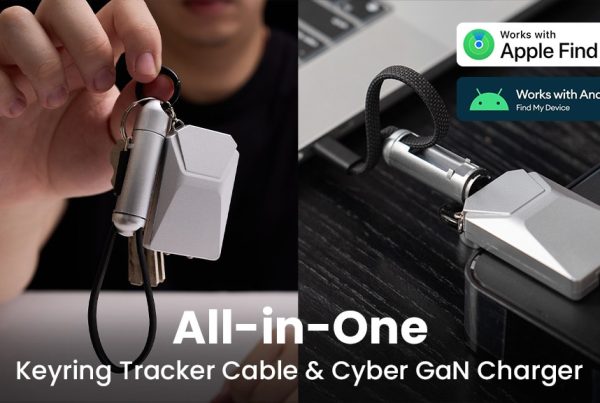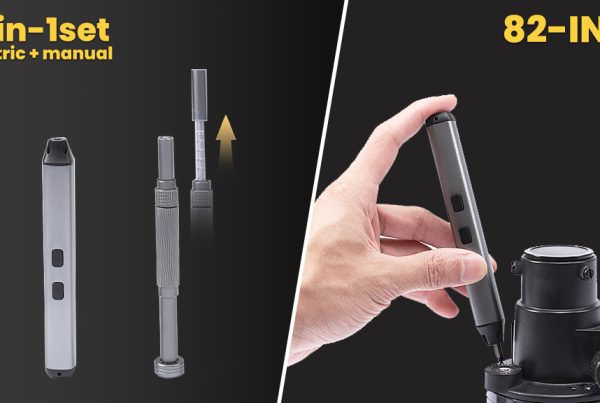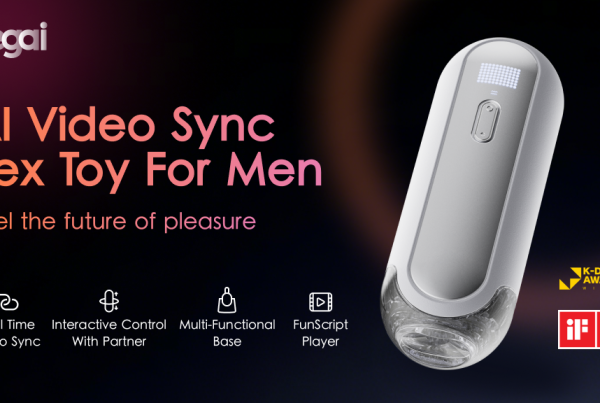Why should we back?
Intro
Welcome to KickstartNew. Today, we spotlight an intriguing project on Kickstarter: The Aviator’s Ember by Aerohart. It’s billed as a compact fire-starting instrument that uses the physics of compression to ignite tinder — essentially “strike fire from thin air.”

Why should I back this project?
-
Innovative application of old principles
The device revives the idea of a fire piston — compressing air rapidly to cause ignition — but with modern, aerospace-grade materials (e.g. anodized 6061 aluminum) and precision engineering. -
Lightweight and portable design
Aerohart aims for a form factor just over 4 in (105 mm) in length, ~1.7 cm diameter, and around 2.8 oz (78 g).
In other words: designed for field, backpacking, or survival tool kits without being too bulky. -
No need for fuel or electronic ignition
Unlike lighters, matches, or electronic fire starters, this device doesn’t depend on fuel cartridges, batteries, or spark mechanisms. That makes it useful as a backup even in harsh or low-resource settings. -
Aesthetic & brand appeal
The product is positioned as an homage to aviation pioneers and engine design, giving it a niche appeal for enthusiasts of mechanical gear, aviation, and outdoor tools. -
Stretch funding success & demand signals
According to press coverage, the Kickstarter campaign has already surpassed its (relatively modest) initial target.
That suggests there is genuine community interest and willingness to support.

What are the potential drawbacks you should consider when you back it?
-
Prototype vs final product gap
While concept and prototype demonstrations exist, scaling to reliable mass production is a different challenge. The final build quality, tolerances, and durability are still to be proven. -
Performance limits in extreme conditions
Fire pistons generally require very dry tinder and precise operation. In wet, cold, or windy conditions, performance may degrade or fail. Some backers may find it less consistent than conventional fire tools. -
Competition and alternatives
Lightweight ferro rods, lighters, or multi-fuel fire starters are proven, low-risk options. For ultralight or extreme survival use, those may still outperform a fire piston in reliability or ease. Some reviewers even suggest that for “ultralight backcountry” use, ferro rods remain better. -
Delivery delays & fulfillment risk
As with many Kickstarter hardware projects, delays in manufacturing, supply chain, or logistics are common. Backers should expect that the timeline may slip. -
Cost vs value tradeoff
The early bird pledge is around US$45 (per press sources)
You should ask: is that reasonable given the risk, or would you rather buy an off-the-shelf fire starter now?

The reliability of the project
-
Team & background
Aerohart appears to build niche mechanical/aviation themed tools. Their brand narrative emphasizes homage to aviation, suggesting this is not a one-off but part of a broader design ethos. -
Transparency & updates
The Kickstarter page and community section are active. They have provided “creator” remarks and answered some community comments. -
Media coverage
The project has attracted attention from outlets like New Atlas, which reviewed the concept, examined the design and feature set, and discussed potential merits and tradeoffs.
That kind of press gives a bit of independent validation (though not a guarantee). -
Campaign traction
Surpassing the funding goal is a good positive signal: many Kickstarter failures stall early, but Aerohart’s project has momentum.




